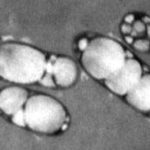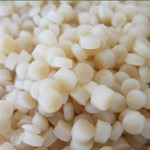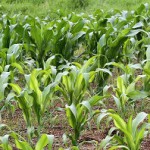PHA business case still shaky
Last week, we wrote about the versatile and biodegradable plastic PHA. The Dutch Platform Agro-Chemistry-Paper reacted to it: could you also highlight the pitfalls? Do you recognise the danger that most Dutch PHA projects start from waste as a feedstock, … Read more




